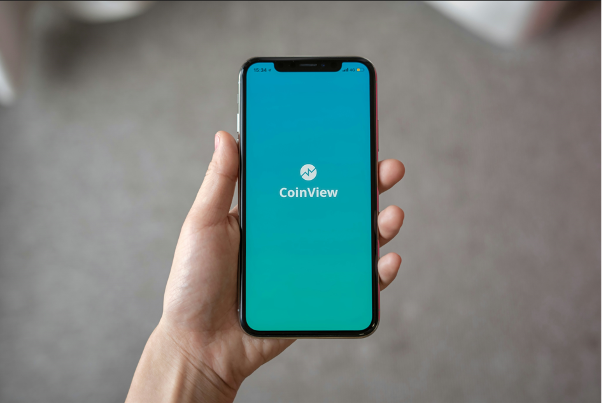When a user installs a mobile app or visits your web app, you only have one chance to make a solid first impression. This is especially important when you’re pursuing growth in a competitive niche.
Properly designed UI makes early interactions and product onboarding intuitive and engaging. Done well, onboarding improves the probability that users will explore, understand, and keep using your application.
This article explores practical ways to design effective user onboarding for a strong, positive user experience.
The Need for User Onboarding
UI designers play a crucial role in the overall UX strategy for digital products. Effective onboarding screens and flows typically aim to:
- Communicate the product in a natural and engaging way
In other words, don’t sound overly salesy or pushy. - Explain how the app can help users
Make the core value proposition clear and relevant. - Build emotional appeal and curiosity
Encourage users to learn, explore, and try more features.
In short, onboarding screens provide a gentle, guided introduction to your app for new users.
Elements of Application Onboarding
There are several elements and techniques you can combine to create a smooth onboarding experience:
-
App overviews or first-time tours
A short sequence of screens that quickly introduces the product, highlights key benefits, and convinces new users it’s worth trying. -
Welcome messaging
Short, friendly messages on welcome or splash screens greet the user, set the tone of communication, and prime them for engagement. These often include one or more calls-to-action (CTAs). -
Progress bars and indicators
The human brain loves completion. Progress indicators show how many steps remain, motivate users to finish onboarding, and reduce uncertainty about the process. -
Explainer video
A concise video can walk through the product’s main benefits and functionality, offering a quick, high-level introduction—especially helpful for complex apps. -
In-context and action-driven tooltips
Small prompts tied to specific layout elements or user actions guide people as they explore the interface. These typically appear in modals or overlays rather than separate screens and disappear once the user understands the action. -
Empty state tips
When user-generated content hasn’t appeared yet, empty states can explain what will show up there and how to get started. This turns “nothing here yet” into a helpful, instructive moment. -
Checklists
Similar to progress bars, checklists motivate users to complete a defined set of steps. They’re especially effective in gamified apps, where users can unlock achievements or additional features by completing onboarding tasks.
Conclusion
Thoughtful onboarding design helps users quickly understand your product, see its value, and feel confident using it. By combining clear communication, gentle guidance, and motivational cues, you can turn the very first interaction into the start of a long-term relationship.
Well-crafted onboarding isn’t just a nice touch—it’s a powerful growth tool that helps hook new users and keep them engaged with your digital product.
